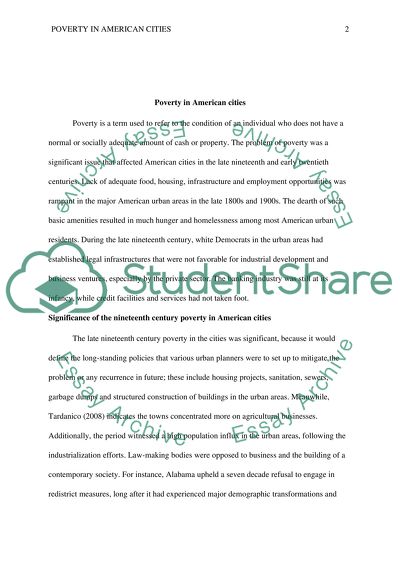Cite this document
(“Poverty in American Cities Essay Example | Topics and Well Written Essays - 2000 words”, n.d.)
Poverty in American Cities Essay Example | Topics and Well Written Essays - 2000 words. Retrieved from https://studentshare.org/history/1438857-problem-of-poverty-in-american-cities-in-the-late
Poverty in American Cities Essay Example | Topics and Well Written Essays - 2000 words. Retrieved from https://studentshare.org/history/1438857-problem-of-poverty-in-american-cities-in-the-late
(Poverty in American Cities Essay Example | Topics and Well Written Essays - 2000 Words)
Poverty in American Cities Essay Example | Topics and Well Written Essays - 2000 Words. https://studentshare.org/history/1438857-problem-of-poverty-in-american-cities-in-the-late.
Poverty in American Cities Essay Example | Topics and Well Written Essays - 2000 Words. https://studentshare.org/history/1438857-problem-of-poverty-in-american-cities-in-the-late.
“Poverty in American Cities Essay Example | Topics and Well Written Essays - 2000 Words”, n.d. https://studentshare.org/history/1438857-problem-of-poverty-in-american-cities-in-the-late.


